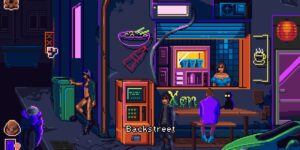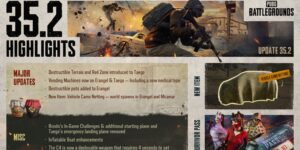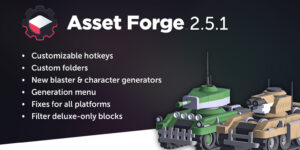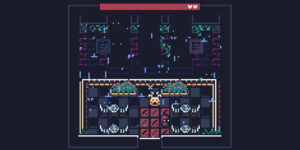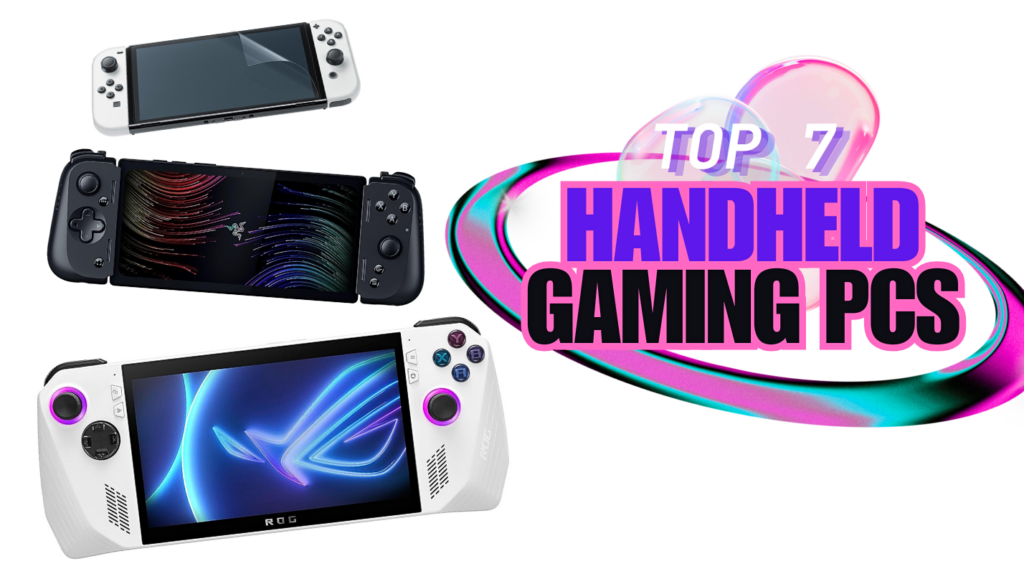Nintendo Tightens Control With Updated US User Agreement – DraStic DS Emulator Vanishes From Google Play

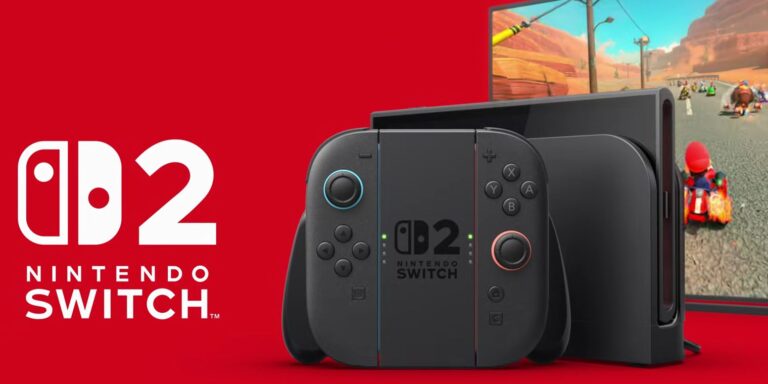
In a month that has already seen significant developments in the world of console security and emulation, two unrelated events are drawing renewed attention to the boundaries of video game ownership and software use.
Nintendo updated its US user agreement and privacy policy on May 7, 2025 with stricter terms aimed at curbing unauthorized modifications and usage of its hardware and services. Earlier this year, the long-standing Nintendo DS emulator DraStic was removed from the Google Play Store.
While these two incidents are not officially connected, they both signal growing tension between platform holders and the communities that rely on emulation to preserve and access video game history.
Jump to:
Nintendo’s Agreement Redefines Control
Nintendo’s revised terms now explicitly state that the company reserves the right to permanently disable user accounts and consoles for violations of its rules. This includes tampering with the system’s software or using unauthorized applications and services.
The update is part of a broader realignment of policies ahead of the June 5, 2025 launch of the company’s next-generation console, the Switch 2. From a technical standpoint, Nintendo has long had the capability to detect and remotely restrict access to its online infrastructure.
However, the latest terms represent a clearer and firmer stance. If users breach the agreement by modifying the system software, using pirated games, or engaging in network behavior deemed harmful, Nintendo can now shut down affected hardware, cutting off access to both digital games and services.
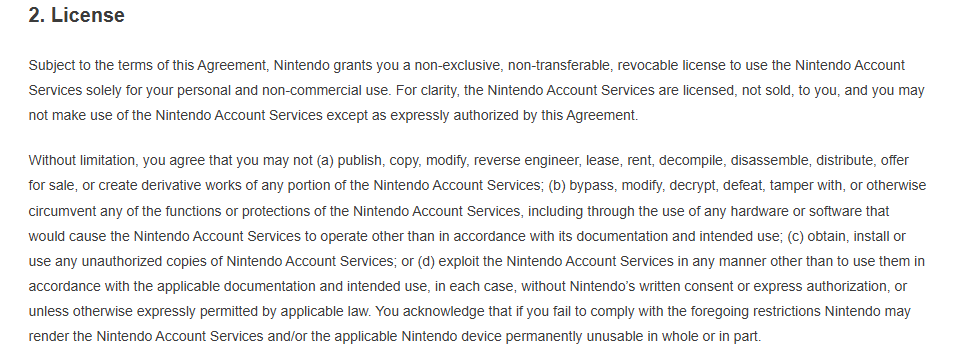
This change positions Nintendo among the most aggressive platform holders when it comes to enforcement through terms of service. While companies like Sony and Microsoft have also implemented security measures to counter modding and piracy, Nintendo’s wording introduces an unprecedented level of control over how users interact with their purchased devices.
It should be noted that Nintendo’s user agreements in Europe and Australia have not been updated since May 2018 and December 2024 respectively. African, Middle Eastern, and Asian countries are also likely unaffected by the updated user agreement.
Minors are encouraged to stop reading the US terms and conditions immediately and have either a parent or legal guardian read through the agreement and submit to it on their behalf.
User Agreement Updated After Pre-Sales Went Live
Pre-orders of the Switch 2 started in April, 2025 almost three weeks before the user agreement was updated, meaning that those who got their orders through have no choice but to agree to the updated terms. The base model is set to retail for $449.99 while the bundle that includes the console and Mario Kart World goes for $499.99.
Initial demand for the new handheld console caused websites of major retailers like Target to crash, while others, including Walmart, put customers in a queue and had them wait their turn. Strangely enough, Amazon was not part of the Switch 2 pre-orders.
Either way, Nintendo has not revealed how many Switch 2 units were sold during the pre-order phase, but they were almost immediately sold out across the US, Europe, and in Japan.
Switch 2 to Feature Mixed Physical Distribution Model
As Nintendo prepares to launch its next-generation console, early details suggest a dual approach to physical game distribution. In addition to traditional cartridges that contain full game data, the company is also introducing Game-Key Cards. These new cards provide a physical case and insert but only include a code to download the game, with no game data on the cartridge itself.
This model has already been confirmed for select third-party releases, including Street Fighter 6 and Yakuza 0: Director’s Cut. At the same time, major first-party titles such as The Legend of Zelda: Breath of the Wild and Super Mario Party Jamboree are slated to arrive on full data cartridges. The result is a hybrid system in which both formats will be supported.
The introduction of Game-Key Cards reflects a broader trend across the industry. Publishers are increasingly moving toward digital-first strategies, often citing manufacturing costs and storage limitations.
For collectors and preservationists, however, the shift raises concerns about long-term access and ownership. As with Nintendo’s updated user agreement, this distribution model reinforces the growing emphasis on digital control within the gaming ecosystem.
DraStic Quietly Removed Without Explanation
Amid this policy shift, the popular DraStic emulator for Android has disappeared from the Google Play Store. Known for its reliable performance and extensive compatibility with the Nintendo DS library, DraStic has been a staple in the emulation scene for more than a decade. It was developed by Exophase and has long been sold as a paid app on Android devices.
As of now, the developer has not issued a formal statement regarding the app’s removal. The disappearance does not appear to be the result of a direct takedown request by Nintendo, and there is no evidence of legal action.
However, the timing is notable. It follows the recent shutdown of the Yuzu and Citra emulators, both of which were discontinued after a lawsuit from Nintendo was settled earlier this year. The lack of clarity around DraStic’s removal raises questions within the emulator community.
While the app remains functional for users who have already purchased and downloaded it, its absence from the Play Store removes one of the few remaining mainstream options for legally acquired DS game backups on Android. The emulator is still available on other third-party sites like GitHub and Uptodown. Other Nintendo emulators like Delta can be found on the iOS app store.
A Pattern of Enforcement
Both developments underscore an evolving landscape in which emulation and console security are increasingly at odds. Nintendo’s history of protecting its intellectual property is well documented, and the company has previously pursued legal action against ROM-hosting sites and emulator developers.
However, enforcement through terms of service marks a more subtle, preemptive approach. It relies on the user’s agreement rather than courtroom litigation. The updated agreement also comes with new clauses that limit users from bringing class action lawsuits against Nintendo.
This shift in strategy could have a chilling effect on legitimate uses of console hardware. While modding and emulation are often associated with piracy, they also play a critical role in game preservation, accessibility, and independent development. The removal of DraStic, even without a legal notice, may lead other developers to reconsider the visibility and availability of similar tools.
The Road Ahead For Users And Developers
For users, these changes highlight the importance of understanding what their purchases actually grant them. While consoles are sold as physical products, access to digital services and content remains tethered to terms that can change over time. For emulator developers, the balance between innovation and compliance continues to narrow.
In the absence of transparency around enforcement, the emulation community is left navigating a climate of uncertainty. What remains clear is that Nintendo is reinforcing its commitment to ecosystem control by both updating its rules and silently reshaping the tools available to users outside its official platforms.


